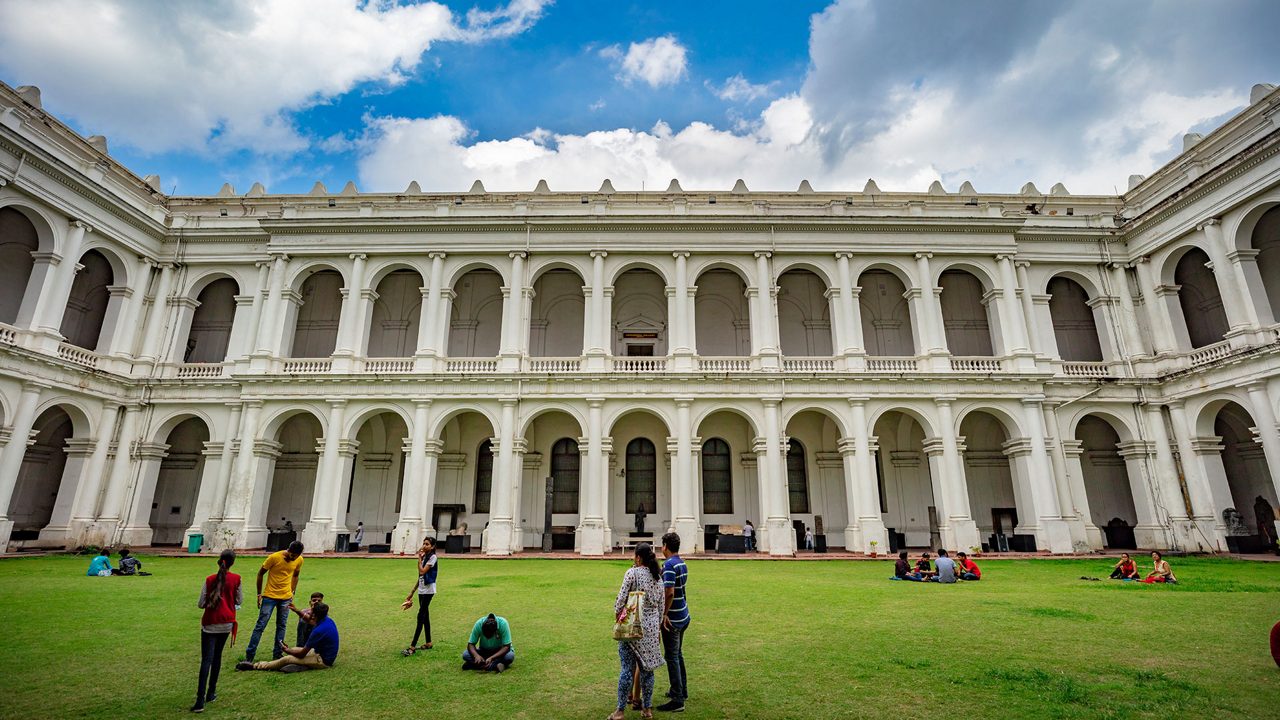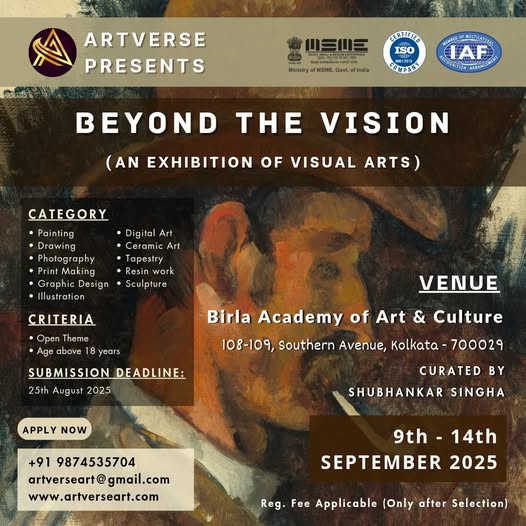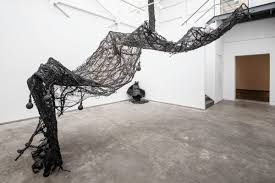
Menu

Rajasthani miniature paintings are one of the most celebrated art forms of India, renowned for their intricate details, vibrant colors, and exquisite craftsmanship. Originating in the 16th century, these paintings flourished under the patronage of Rajput kings and nobles, each princely state contributing its unique style and themes. The major schools of miniature painting in Rajasthan include Mewar, Marwar, Bundi, Kota, Kishangarh, and Jaipur, each with distinct characteristics.
These miniature artworks are typically painted on handmade paper using natural colors derived from minerals, vegetables, and precious stones. Artists employed fine brushes made from squirrel hair to achieve the delicate detailing that defines this art. Gold and silver were often used to embellish the paintings, adding a royal touch.
Themes of Rajasthani miniature paintings range from religious epics like the Ramayana and Mahabharata to court scenes, royal portraits, and love stories—especially those involving Lord Krishna and Radha. The paintings are known for their two-dimensional perspective, bold lines, and flat areas of vibrant color, which give them a stylized yet expressive appearance.
One of the most iconic examples is the Kishangarh school’s depiction of Radha with almond-shaped eyes and delicate features, symbolizing divine beauty and love. Mewar paintings, in contrast, are more expressive and focused on devotional themes.
Today, Rajasthani miniature paintings continue to enchant art lovers around the world. While traditionally a part of palace décor and manuscripts, modern artists are reviving this heritage by adapting it to contemporary formats. Whether displayed in galleries or preserved in museums, these paintings offer a timeless glimpse into Rajasthan’s rich history, royal traditions, and artistic excellence.



